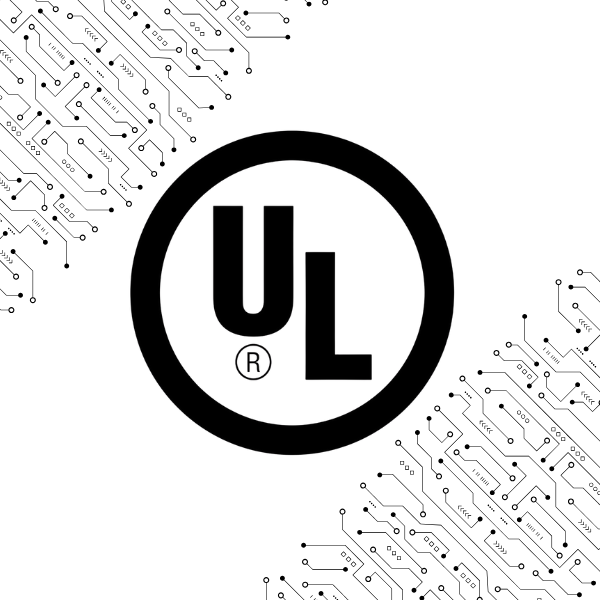Supply chain managers must take a proactive role in understanding and mitigating risks that threaten the integrity of their products. It’s no longer enough to think, “This product comes from a trusted supplier” or “This isn’t military-grade equipment, so it’s not a target.” Every piece of technology is interconnected, and attackers are increasingly sophisticated in exploiting even the smallest vulnerabilities. A single weak link can jeopardize the entire chain, making vigilance and proactive strategies essential.
Key Steps Supply Chain Managers Should Consider:
- Source Verification:
It’s imperative to understand the complete journey of your printed circuit boards (PCBs), from raw materials to final assembly. This involves not just knowing your immediate suppliers but tracing back through the entire supply chain to the source of every component. Implement rigorous verification processes that include supplier audits, documentation reviews, and third-party assessments. Utilize tools and databases that provide insights into supplier reliability and past performance. This thorough approach helps ensure that each component meets security and quality standards. - Quality Audits:
Conduct regular quality audits that go beyond mere compliance checks. These audits should assess potential vulnerabilities in the supply chain, evaluating processes and components for any signs of tampering or deviation from standards. Even minor anomalies could indicate larger issues. Establish a culture of continuous improvement where findings from audits are addressed promptly, and corrective actions are taken. Engaging external experts can also bring fresh perspectives on vulnerabilities that may have been overlooked internally. - Onshoring Opportunities:
Reassess the feasibility of onshoring your PCB procurement. While cost considerations often drive decisions to offshore production, proximity to manufacturing can significantly enhance your control over the integrity of components. Onshoring not only reduces the risk of supply chain disruptions due to geopolitical factors but also enables closer oversight of manufacturing processes, facilitating immediate responses to any quality or security concerns. - Collaborate with Industry Peers:
Security isn’t a competitive advantage—it’s a shared responsibility. Engage with others in your industry to share insights, identify trends, and collectively advocate for stronger supply chain protections. Establishing industry-wide standards for security and quality can raise the bar for everyone and reduce vulnerabilities across the board. Collaborative initiatives, such as joint training programs and information-sharing platforms, can further enhance awareness and preparedness against potential threats. - Embrace Technology to Monitor and Protect:
Utilize advanced technology, such as blockchain, to track and authenticate your supply chain. Blockchain provides an immutable record of transactions, making it difficult for malicious actors to tamper with data. Additionally, invest in IoT devices that can provide real-time monitoring of environmental conditions, ensuring that components are stored and transported under optimal conditions. Leverage AI and machine learning algorithms to analyze data for patterns that might indicate security breaches, allowing for rapid response to emerging threats.
Additional Considerations:
- Implement Risk Assessment Protocols:
Regularly evaluate and update your risk assessment protocols to reflect new threats and changes in the supply chain landscape. This dynamic approach ensures that your strategies remain relevant and effective in mitigating risks. - Educate and Train Staff:
Ensure that all employees, especially those in procurement and supply chain roles, are educated about potential threats and best practices for security. Training sessions can help foster a security-minded culture within the organization, empowering staff to recognize and report vulnerabilities. - Stay Informed:
Keep abreast of the latest trends and threats in supply chain security. Subscribe to industry publications, attend relevant conferences, and participate in webinars to ensure that your knowledge remains current and that you can adapt to an evolving risk landscape.
By implementing these strategies, supply chain managers can create a robust framework that not only safeguards their operations but also enhances their overall resilience. In a world where threats are constantly evolving, proactive management is not just beneficial—it’s essential for sustaining trust and maintaining a competitive edge.



